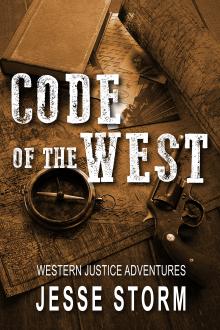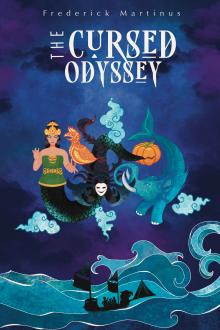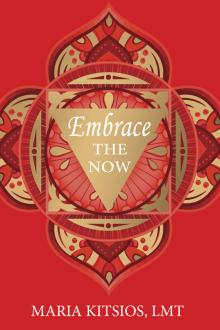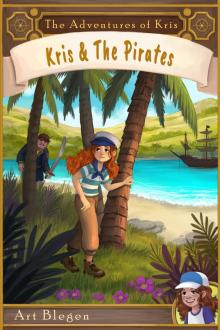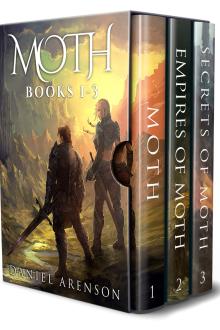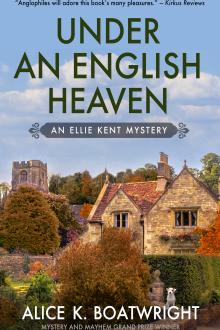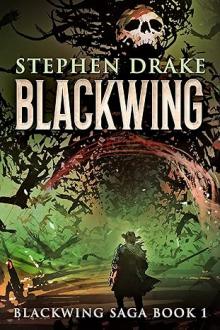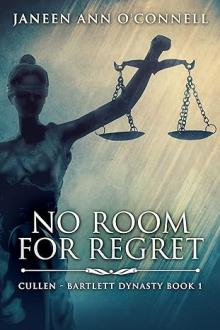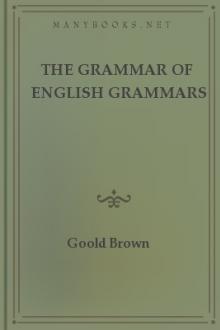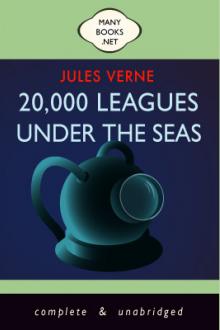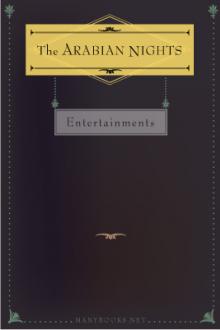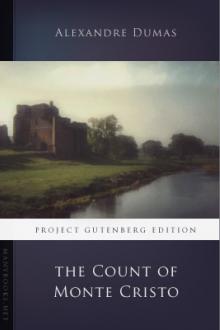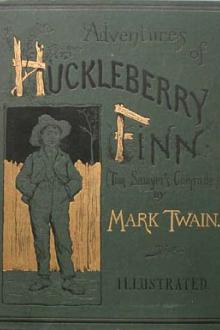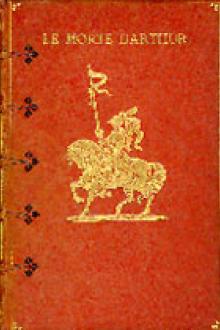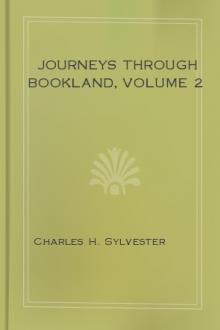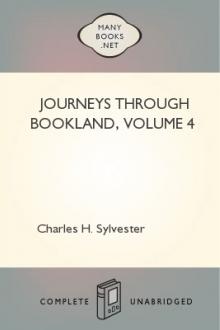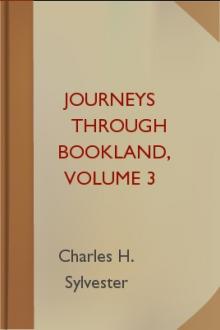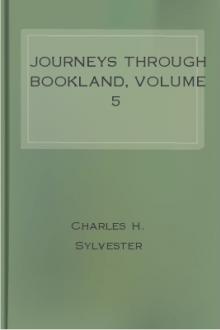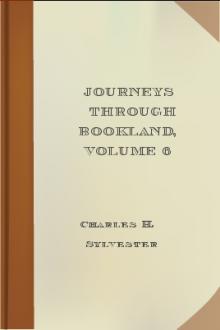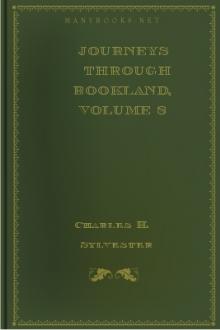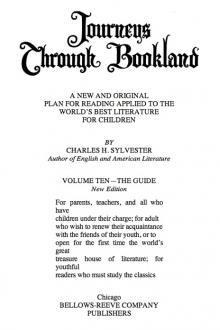Journeys Through Bookland, Volume 7
Journeys Through Bookland, Volume 7
A New And Original Plan For Reading Applied To The World's Best Literature For Children
Book Excerpt
cunning driven To misery's brink, Till wrenched of every stay but Heaven, He, ruined, sink!
Even thou who mourn'st the daisy's fate, That fate is thine,--no distant date: Stern Ruin's ploughshare drives, elate, Full on thy bloom, Till crushed beneath the furrow's weight, Shall be thy doom!
FOOTNOTES:
[8-1] Maun is the Scotch word for must.
[8-2] Stoure is the Scotch name for dust.
[8-3] Spreckled is the Scotch and provincial English form of speckled.
[9-4] Bield means shelter.
[9-5] Histie means dry or barren.
THE OLD OAKEN BUCKET[11-1]
By SAMUEL WOODWORTH
How dear to my heart are the scenes of my childhood, When fond[11-2] recollection presents them to view; The orchard, the meadow, the deep, tangled wild-wood, And every loved spot that my infancy[11-3] knew. The wide-spreading pond, and the mill[11-4] that stood by it; The bridge and t
FREE EBOOKS AND DEALS
(view all)Popular books in Young Readers, Short Story Collection, Fiction and Literature
Readers reviews
4.0
LoginSign up
Journeys Through Bookland was first published in 1909. Collected and edited by Charles Sylvester, it was intended to be a progressive approach to classic literature.
The selections are varied and include classic fiction, poetry, non-fiction/essays, biography, nature stories, science, history, myths, folk & fairy tales, and nursery rhymes. This is a fantastic way to approach literature with children, and each selection has been carefully chosen to relate in some way to the previous piece, giving readers both young and old a sense of the interconnectedness of literature, poetry, science, history and nature.
'Journeys' was originally published as a set of 10 volumes with an additional volume called 'The Guide', this being a detailed discussion of the contents, recommended methods of use, topical index, forms of prose and poetry, and a supplemental booklist. Much of the information in the guide was condensed or omitted over time, until eventually in the 1950s the the set was printed in 8 volumes with only a very brief bit of information from the guide in the end of the 8th volume.
The following description of Volume Seven comes from the 1922 edition of Volume 10, The Guide:
"Volume Seven. On the whole, this is a more mature volume than any that has preceded it and yet there are some selections of a simple character inserted for the purpose of interesting those who cannot yet read very heavy literature. From this point on, however, there is little difference in the grade of the volumes. The way in which the literature is studied marks the difference in rank. In fact, when a person can read intelligently and with appreciation such selections as appear in this volume he can read anything that is set before him. There may be some things that will require effort and perhaps explanation, but it is merely a question of vocabulary and parallel information. Besides the stories, there are selections in every department of literature except those that have been passed in the progress of the plan of grading. The legendary heroes, the myths and the stories of classic literature are no longer to be found. In their place are more selections on nature, more of biography and history and the real literature of inspiration. Some of the last group appear in the form of fine lyrics which everyone loves but which are made more attractive and inspiring by proper setting and helpful interpretations.
In this volume biography, which has had its share of attention in every volume, becomes a strong feature, especially in the fine sketches that are given of famous writers. It is a fact that most writers have lived so quietly and in such comparative seclusion that their lives are devoid of the exciting events that make the liveliest appeal to young people, yet every one has done so much for the world and in such varied ways that there are things in their lives that interest and enthrall the mind if only they are properly presented. Our great American writers have been noble men and women and their lives are models worthy of imitation. That is the thing for us to glory in and for our young people to know, for it is not by any means a universal fact that people who wrote inspiring literature have lived inspiring lives. The literature of nature is probably stronger in this volume than in any other and the selections are of the most absorbing kind. It is not expected to give a vast amount of information but to create a love for reading about the great facts in nature and an appreciation of the beauties in the writings of those who love it. This is the last volume in which there is much fiction and it marks the beginnings of the really fine essays which form a large part of the succeeding volume. The history is of a higher type and includes excerpts from the writings of some of our greatest historians."
The selections are varied and include classic fiction, poetry, non-fiction/essays, biography, nature stories, science, history, myths, folk & fairy tales, and nursery rhymes. This is a fantastic way to approach literature with children, and each selection has been carefully chosen to relate in some way to the previous piece, giving readers both young and old a sense of the interconnectedness of literature, poetry, science, history and nature.
'Journeys' was originally published as a set of 10 volumes with an additional volume called 'The Guide', this being a detailed discussion of the contents, recommended methods of use, topical index, forms of prose and poetry, and a supplemental booklist. Much of the information in the guide was condensed or omitted over time, until eventually in the 1950s the the set was printed in 8 volumes with only a very brief bit of information from the guide in the end of the 8th volume.
The following description of Volume Seven comes from the 1922 edition of Volume 10, The Guide:
"Volume Seven. On the whole, this is a more mature volume than any that has preceded it and yet there are some selections of a simple character inserted for the purpose of interesting those who cannot yet read very heavy literature. From this point on, however, there is little difference in the grade of the volumes. The way in which the literature is studied marks the difference in rank. In fact, when a person can read intelligently and with appreciation such selections as appear in this volume he can read anything that is set before him. There may be some things that will require effort and perhaps explanation, but it is merely a question of vocabulary and parallel information. Besides the stories, there are selections in every department of literature except those that have been passed in the progress of the plan of grading. The legendary heroes, the myths and the stories of classic literature are no longer to be found. In their place are more selections on nature, more of biography and history and the real literature of inspiration. Some of the last group appear in the form of fine lyrics which everyone loves but which are made more attractive and inspiring by proper setting and helpful interpretations.
In this volume biography, which has had its share of attention in every volume, becomes a strong feature, especially in the fine sketches that are given of famous writers. It is a fact that most writers have lived so quietly and in such comparative seclusion that their lives are devoid of the exciting events that make the liveliest appeal to young people, yet every one has done so much for the world and in such varied ways that there are things in their lives that interest and enthrall the mind if only they are properly presented. Our great American writers have been noble men and women and their lives are models worthy of imitation. That is the thing for us to glory in and for our young people to know, for it is not by any means a universal fact that people who wrote inspiring literature have lived inspiring lives. The literature of nature is probably stronger in this volume than in any other and the selections are of the most absorbing kind. It is not expected to give a vast amount of information but to create a love for reading about the great facts in nature and an appreciation of the beauties in the writings of those who love it. This is the last volume in which there is much fiction and it marks the beginnings of the really fine essays which form a large part of the succeeding volume. The history is of a higher type and includes excerpts from the writings of some of our greatest historians."
- Upvote (0)
- Downvote (0)
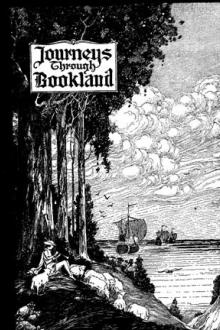
 Free Download
Free Download
